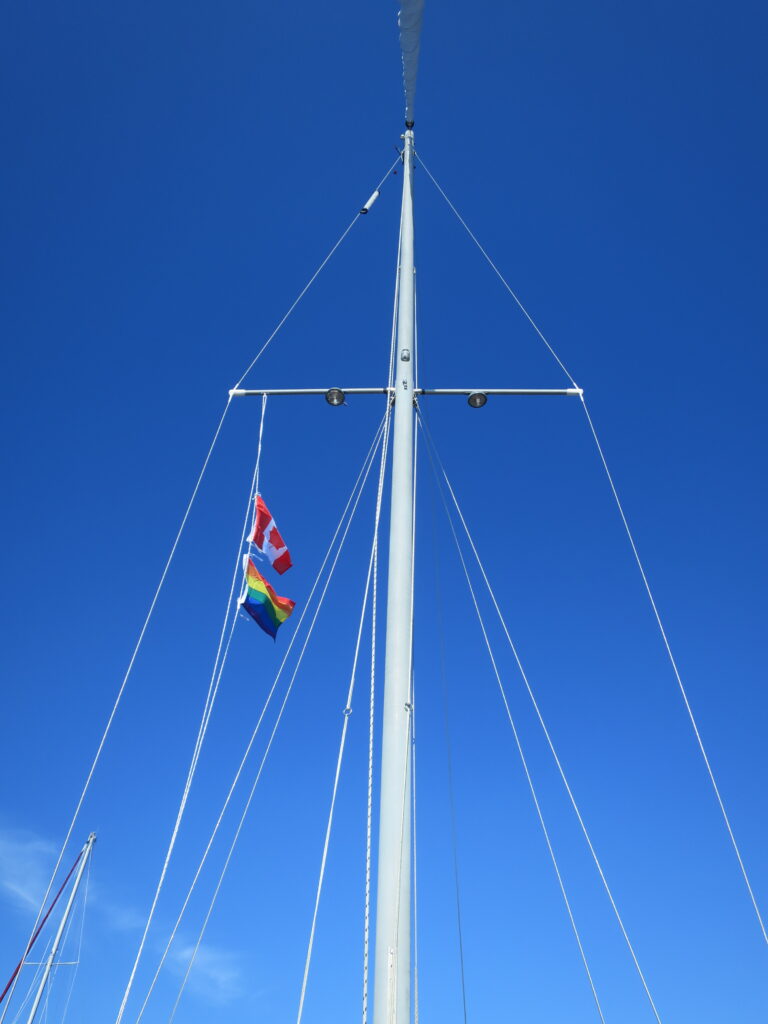How do sailboats sail up wind

Sailing upwind, a maneuver that challenges sailors and boats alike, is a testament to the intricate dance between the wind and the vessel’s design. This seemingly counterintuitive process involves navigating a sailboat against the direction of the wind, a feat achieved through a combination of physics, sail design, and the skillful manipulation of both the boat and its rigging.
The fundamental principle behind sailing upwind is aerodynamics. While it may appear that a sailboat moves directly downwind with the wind at its back, skilled sailors can maneuver their vessels to tack into the wind at angles of approximately 45 degrees or less, allowing them to sail against the prevailing breeze. This feat is made possible through the interplay of lift and drag forces acting on the sails.
Sails on a sailboat are akin to wings on an airplane, generating lift as wind flows over and around them. The shape of a sail is crucial for this process. The leading edge, or luff, of the sail is typically set at an angle to the wind, allowing it to function as an airfoil and generate lift. The mainsail and jib work in tandem to create a pressure differential that propels the boat forward.
When sailing upwind, the boat performs a series of maneuvers called tacking. Tacking involves changing the boat’s course relative to the wind, alternating between sailing to port (left) and sailing to starboard (right). During a tack, the bow of the boat is turned through the wind, causing the sails to shift from one side to the other. The boat essentially zigzags upwind, making progress against the wind.
The ability of a sailboat to sail upwind is heavily influenced by its design, particularly the shape of the hull and the keel. A sailboat with a sleek hull design, known as a displacement hull, can cut through the water with minimal resistance. The keel, a fin-like structure extending beneath the boat, serves to prevent lateral slippage and allows the boat to maintain a desired course.
The keel also plays a crucial role in preventing the boat from being blown sideways by the wind, a phenomenon known as leeway. By providing resistance to the lateral force of the wind, the keel allows the boat to make progress toward the windward direction. Sailboats designed for upwind performance often feature deep, weighted keels to optimize stability.
Modern sailboats may also incorporate additional features to enhance their ability to sail upwind. Adjustable sails and rigging allow sailors to fine-tune the shape and tension of the sails, optimizing their performance for different wind conditions. High-tech materials used in sail construction, such as laminated fabrics and carbon fibers, contribute to the sails’ efficiency and durability.
In addition to sail and hull design, the skill of the sailor plays a pivotal role in sailing upwind. Tacking requires precise coordination between the helmsperson and the crew, as well as a keen understanding of wind direction, boat handling, and the trim of the sails. Experienced sailors adeptly anticipate wind shifts, adjust sail angles, and execute tacks with precision to maximize the boat’s efficiency against the wind.
Sailing upwind is not only a technical challenge but also a strategic one. Sailors must analyze the wind conditions, choose the most favorable course, and adapt their tactics to the dynamic nature of the wind. This requires a deep understanding of the interplay between wind patterns, sea state, and the boat’s performance characteristics.
In conclusion, the ability of sailboats to sail upwind is a testament to the synergy between nautical engineering, aerodynamics, and skilled seamanship. As sailboats tack against the wind, they showcase the harmonious relationship between wind and water, transforming the seemingly opposing forces into a ballet of motion. Whether cruising leisurely or engaged in competitive racing, the art and science of sailing upwind continue to captivate sailors and exemplify the timeless allure of harnessing the power of the wind.
